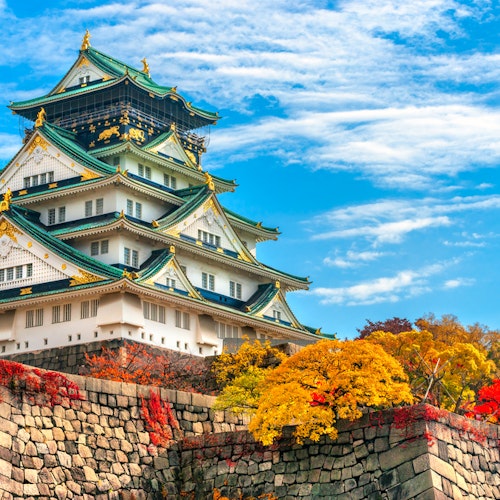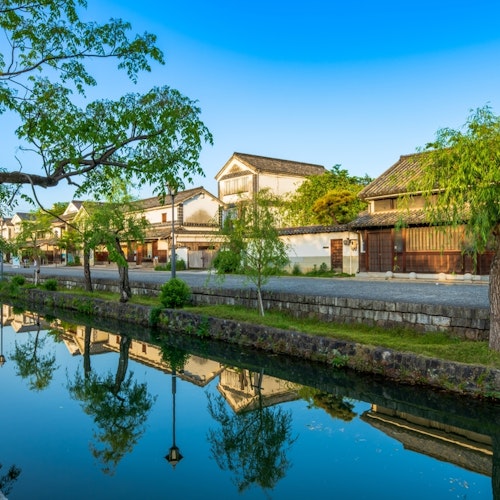
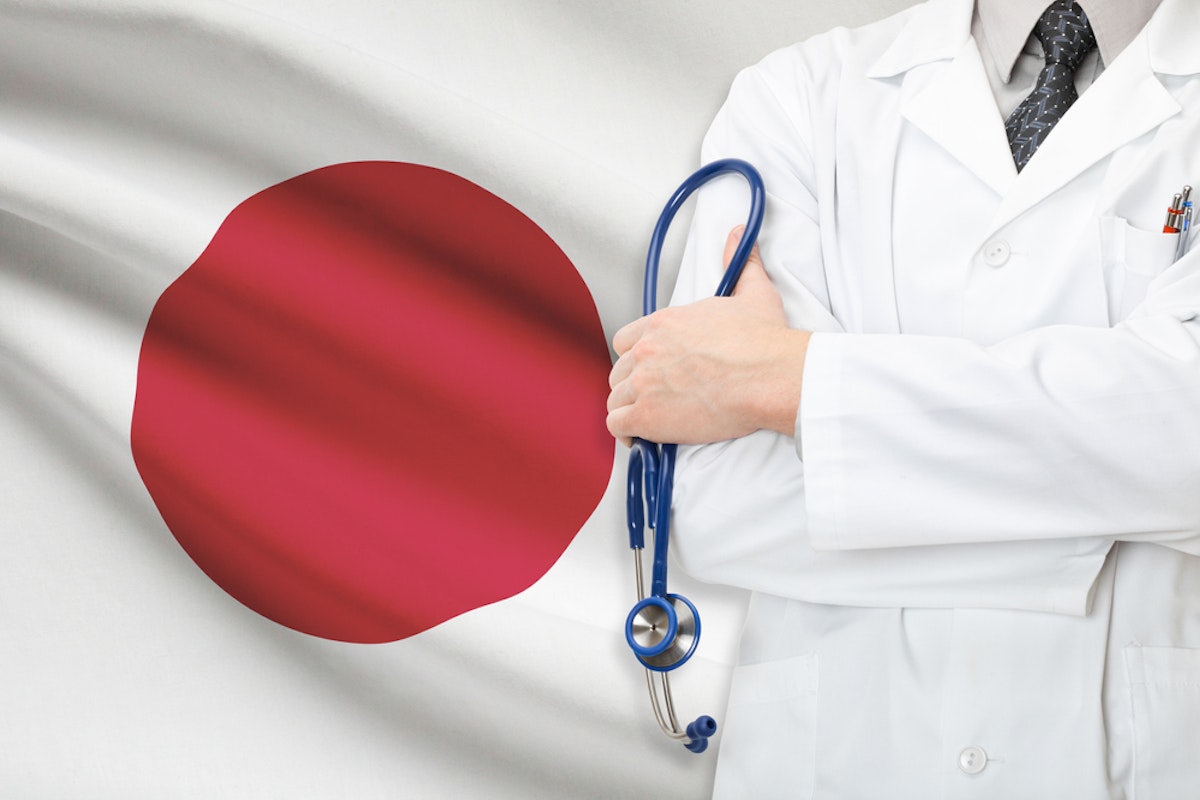
Japan is a stunning destination known for its rich culture and breathtaking sights. However, falling ill or getting injured while traveling can quickly turn a dream trip into a stressful experience. Although Japan boasts a high-quality healthcare system, navigating it as a tourist can be challenging due to language barriers and potentially high medical costs without insurance.
With Japan anticipating a record 60 million tourists by 2030, the growing burden on its healthcare system has led to major policy shifts, including a proposed requirement for all visitors to carry private health insurance starting in 2025. This comprehensive guide will walk you through how tourists can access medical care in Japan, from preparation and emergency services to costs and practical tips, ensuring a safer, smoother travel experience.
Japan’s healthcare system is among the best in the world, known for its high-quality care, advanced technology, and emphasis on preventative medicine. The country has offered universal healthcare since 1961, covering all residents, including foreigners staying longer than three months, through the National Health Insurance (NHI) or Employee Health Insurance (SHI) systems.
Under these systems, patients typically pay 30% of medical costs, with the government covering the remaining 70%. However, tourists and short-term visitors (staying less than 90 days) are not eligible for these public plans and must rely on private travel insurance or pay out-of-pocket for medical services.
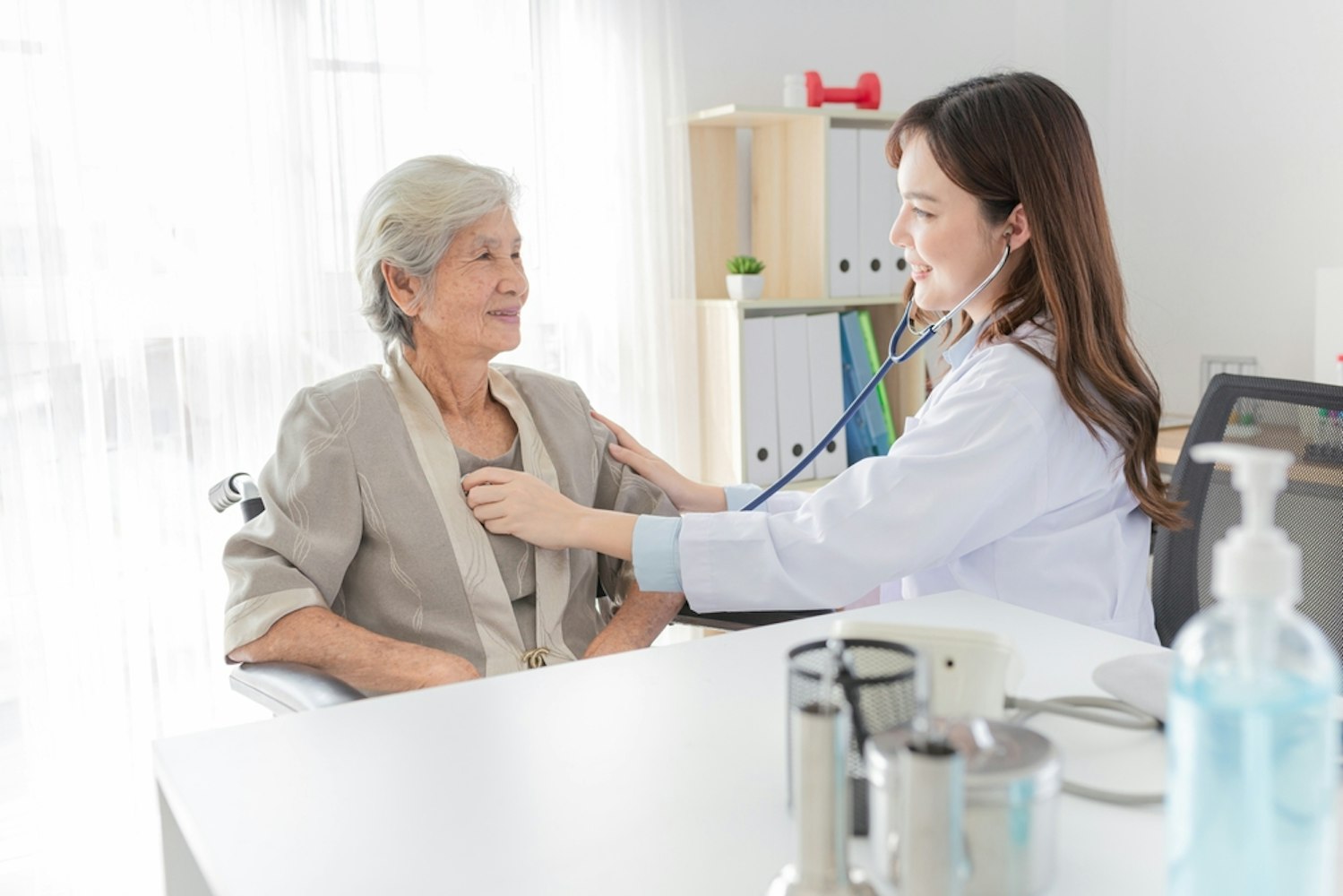
Medical facilities in Japan include university-affiliated hospitals, public hospitals, large private hospitals, and small clinics. Hospitals are legally required to operate as non-profits, and medical fees are strictly regulated by the Ministry of Health, Labour, and Welfare (MHLW) to ensure affordability for residents.
While Japan boasts excellent medical standards, language barriers and the high cost of care for uninsured patients can pose challenges for tourists. Additionally, not all facilities are equipped to handle foreign languages, and some may hesitate to treat uninsured patients due to past issues with unpaid medical bills.
In response to the rising number of unpaid medical bills (11,372 foreign visitors received medical care in September 2024 alone, with 0.8% failing to pay, resulting in approximately ¥61 million in unpaid charges), Japan is set to introduce a policy requiring all incoming tourists to have private medical insurance. This change, expected to be part of the government’s 2025 economic policy package, aims to reduce the financial burden on hospitals and ensure tourists can cover unexpected medical expenses.
Immigration authorities may screen visitors for a history of unpaid medical bills, and defaulters could face entry bans. While the exact implementation date and details are still pending, tourists should prepare for this requirement by securing comprehensive travel insurance before arriving in Japan.
Preparation is key to ensuring access to medical care in Japan. Here are essential steps to take before your departure:
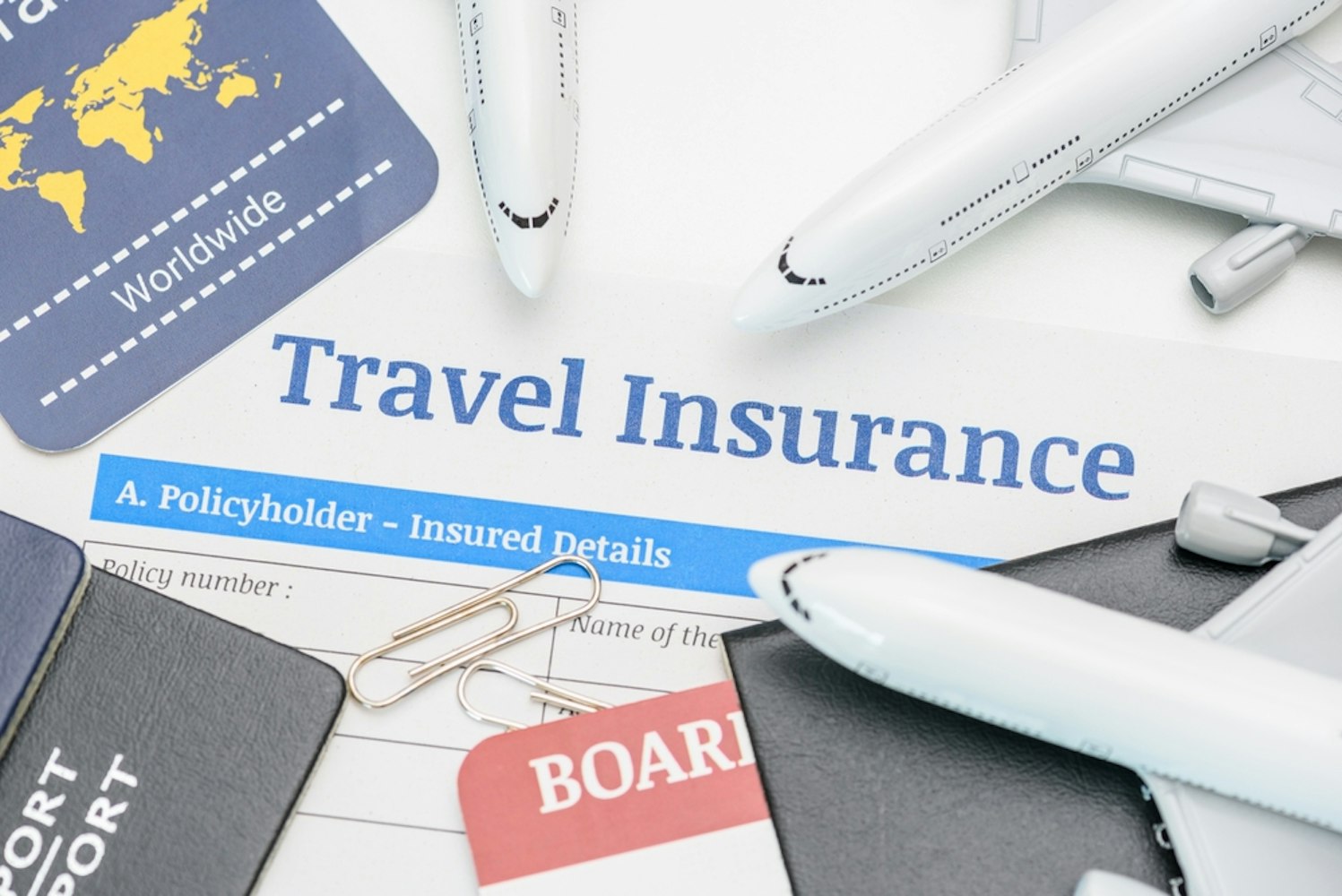
Travel insurance is critical for tourists in Japan, as medical care can be expensive without coverage. A 2024 survey by the Japan Tourism Agency found that nearly 30% of visitors lacked insurance, contributing to unpaid medical bills. Your travel insurance should include:
Full Medical Coverage: Ensure coverage for outpatient and inpatient care, hospitalization, ambulance transport, and emergency evacuation.
Proof of Insurance: Carry a physical or digital copy of your insurance policy, as some facilities may require it before providing treatment.
Cashless Service: Opt for policies that allow direct billing to medical providers, reducing the need for upfront payments.
Cancellation and Evacuation Coverage: Policies should cover trip cancellations and medical evacuation to your home country if necessary.
You can purchase travel insurance online through providers listed on the Japan National Tourism Organization (JNTO) website or through your credit card company, which may offer travel insurance as a benefit. Always verify that the policy is valid in Japan and covers all potential medical expenses.
Japan has strict laws regarding medications, and some common prescription and over-the-counter drugs in other countries (e.g., ADHD medications, certain painkillers, or stimulants) are illegal or restricted. To avoid issues:
Verify Medication Status: Check the MHLW website or email yakkan@mhlw.go.jp to confirm if your medications are permitted. For restricted medications, obtain a “Yunyu Kakunin-sho” (importation certificate) before travel, which may take several weeks to process.
Bring Documentation: Carry a copy of your prescription and a letter from your doctor explaining the medication’s purpose.
Pack Sufficient Supply: Bring enough medication for your entire stay, as U.S. prescriptions are not honored in Japan, and some medications may not be available locally.
For liquid medications exceeding 100ml, place them in a transparent bag for baggage inspection and present a medical certificate if needed.
Language barriers can complicate medical care, so prepare a written summary of your medical history in English (and ideally Japanese) to share with healthcare providers. Include:
Name, blood type, and emergency contact information.
Current medical conditions, allergies, and medications.
Medical history and religious considerations (if relevant).
The JNTO provides a downloadable medical information sheet in multiple languages to assist with this process. This is especially important if you have a chronic condition or are pregnant, as perinatal care is not covered by travel insurance and can be costly.
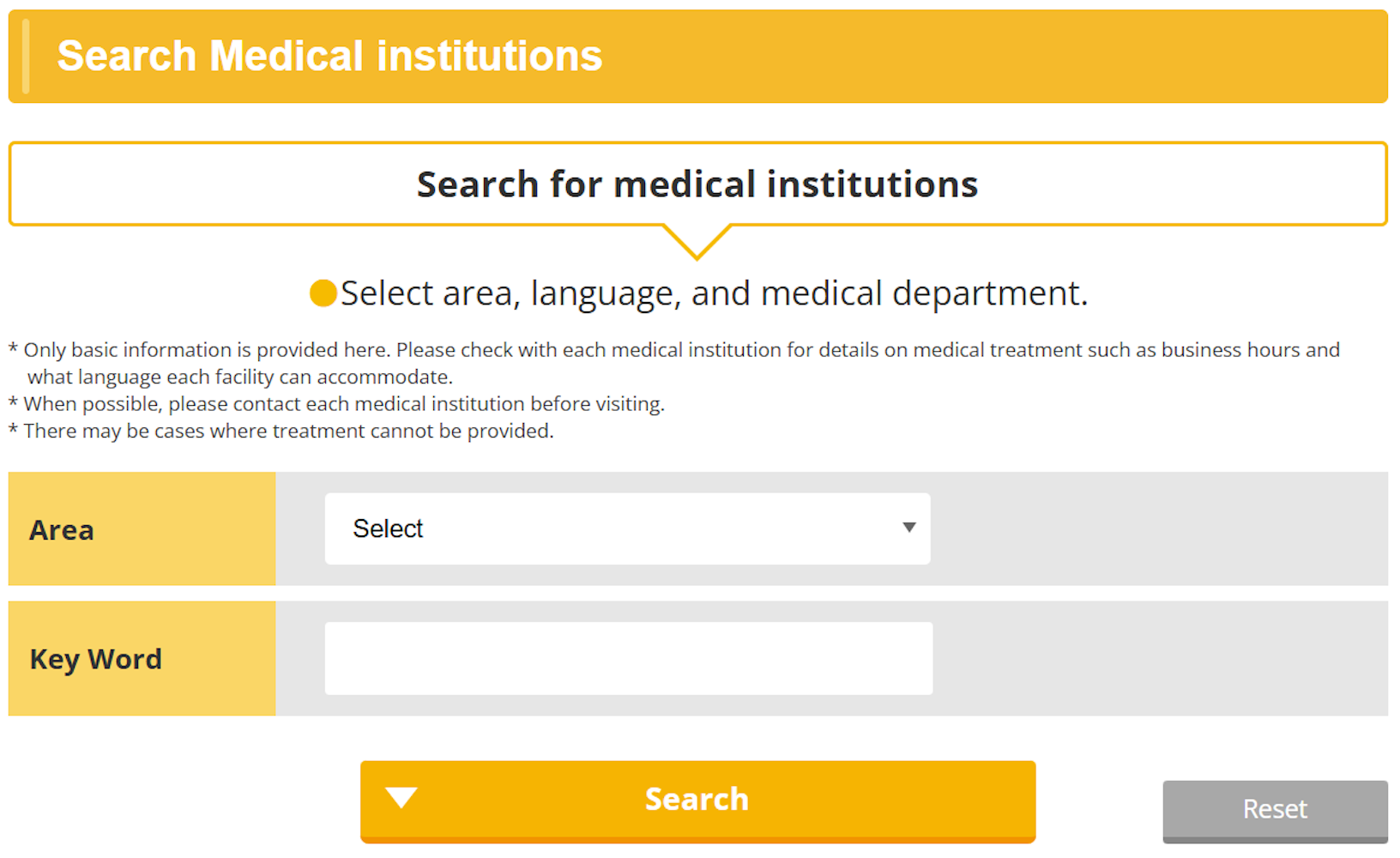
Use the Japan Tourism Agency’s “Search Medical Institutions” tool to identify tourist-friendly hospitals and clinics. This database allows searches by area, language, medical department, and Japan Medical Service Accreditation for International Patients (JMIP) certification.
JMIP-certified facilities, such as Tokyo Center Hospital of the National Center for Global Health and Medicine, offer English-language support and 24-hour emergency services. Save contact information for nearby facilities and your hotel’s front desk, which can assist in locating medical care.
If you fall ill or get injured in Japan, here’s how to navigate the healthcare system effectively:
For mild symptoms like colds, allergies, or minor injuries, visit a clinic or general hospital during regular hours (typically 9 AM to 5 PM, Monday to Friday). Steps to follow:
Locate a Clinic or Hospital: Use the JNTO’s medical institution search tool or ask your hotel/tourist information center for recommendations. Facilities with JMIP certification are ideal for language support.
Bring Documentation: Present your insurance policy, medical information sheet, and passport. Some facilities may require proof of insurance before treatment.
Expect Upfront Payment: Without cashless insurance, you’ll need to pay the full cost upfront and seek reimbursement from your insurer later. Ask for an itemized receipt for insurance claims.
Language Support: While some facilities have English-speaking staff, bringing an interpreter or using translation apps like Google Translate can help. The AMDA International Medical Information Center offers translation services over the phone.
In case of a serious illness or injury, such as a heart attack or severe trauma, immediate action is critical:
Call an Ambulance (119): Dial 119 for emergency services, available 24/7. If you don’t speak Japanese, show the phrase “救急車を呼んでください” (Please call an ambulance) to a bystander. You cannot choose the hospital, and treatment may begin without initial questioning in emergencies.
Visit an Emergency Hospital: Emergency hospitals (kyukyu byoin) are equipped for urgent care. Use the JNTO database to locate one in advance. Be prepared to show proof of insurance or pay upfront.
Costs: Emergency care can be costly (e.g., ambulance fees range from ¥10,000–¥20,000, or $70–$140 USD). Ensure your insurance covers ambulance transport and emergency hospitalization.
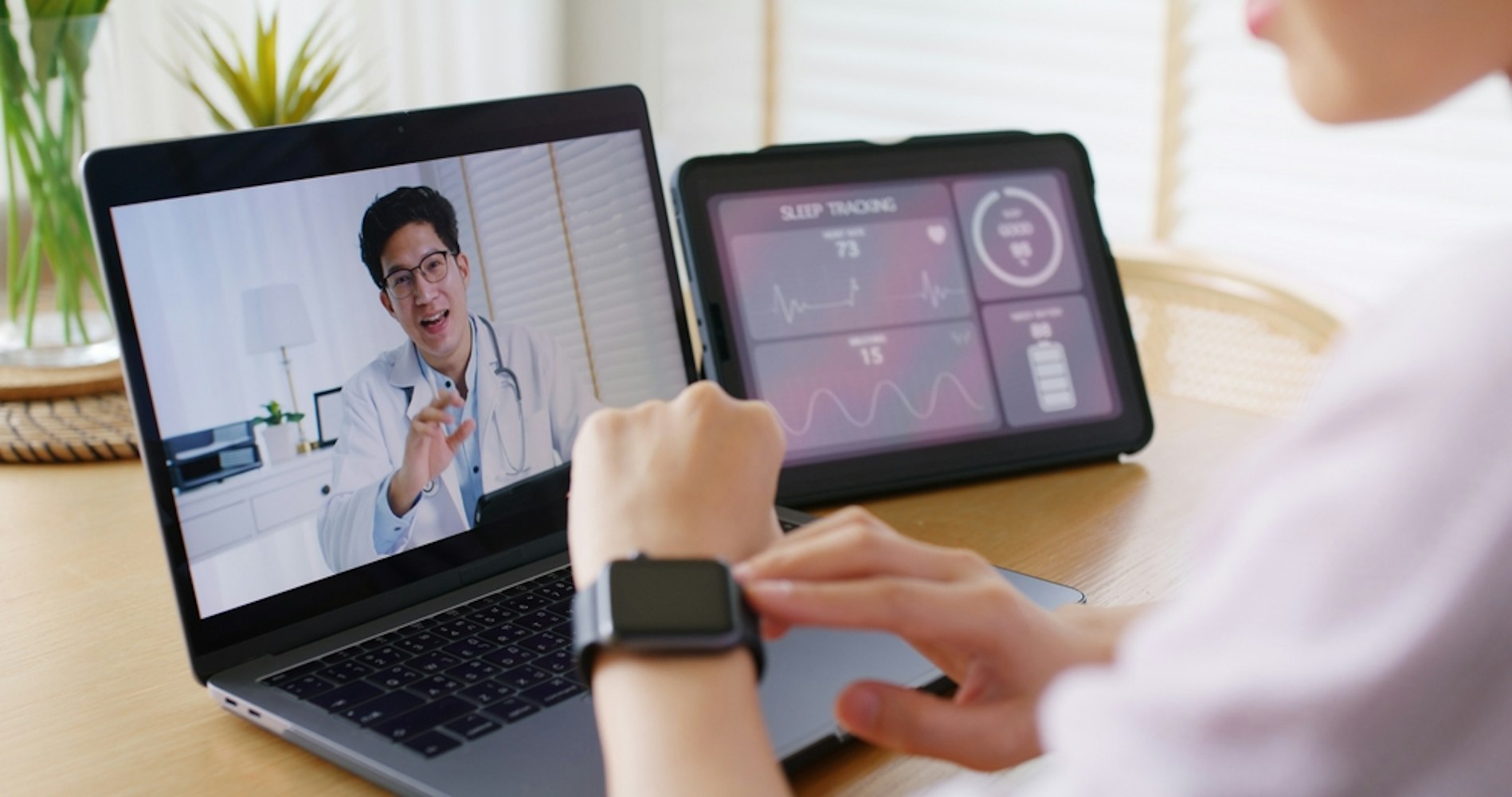
Since 2025, telemedicine has become a viable option for tourists with mild symptoms, reducing the need to visit a hospital. Services like those offered by M3 Career connect tourists with doctors for virtual consultations, often in English.
These are particularly useful for minor issues like colds or jetlag-related discomfort. Contact your hotel or insurance provider for telemedicine access, which can save time and reduce the workload on medical facilities.
Pharmacies in Japan are widely available but may not stock all medications familiar to tourists. Key points:
Prescription Medications: After a doctor’s visit, you’ll receive a prescription to fill at a pharmacy. Some clinics dispense medications directly.
Over-the-Counter Drugs: Common medications like pain relievers or cold remedies are available, but pharmacists may not be present outside regular hours, limiting access to certain drugs.
Language Barriers: Bring your medical information sheet to clarify needs, as not all pharmacists speak English.
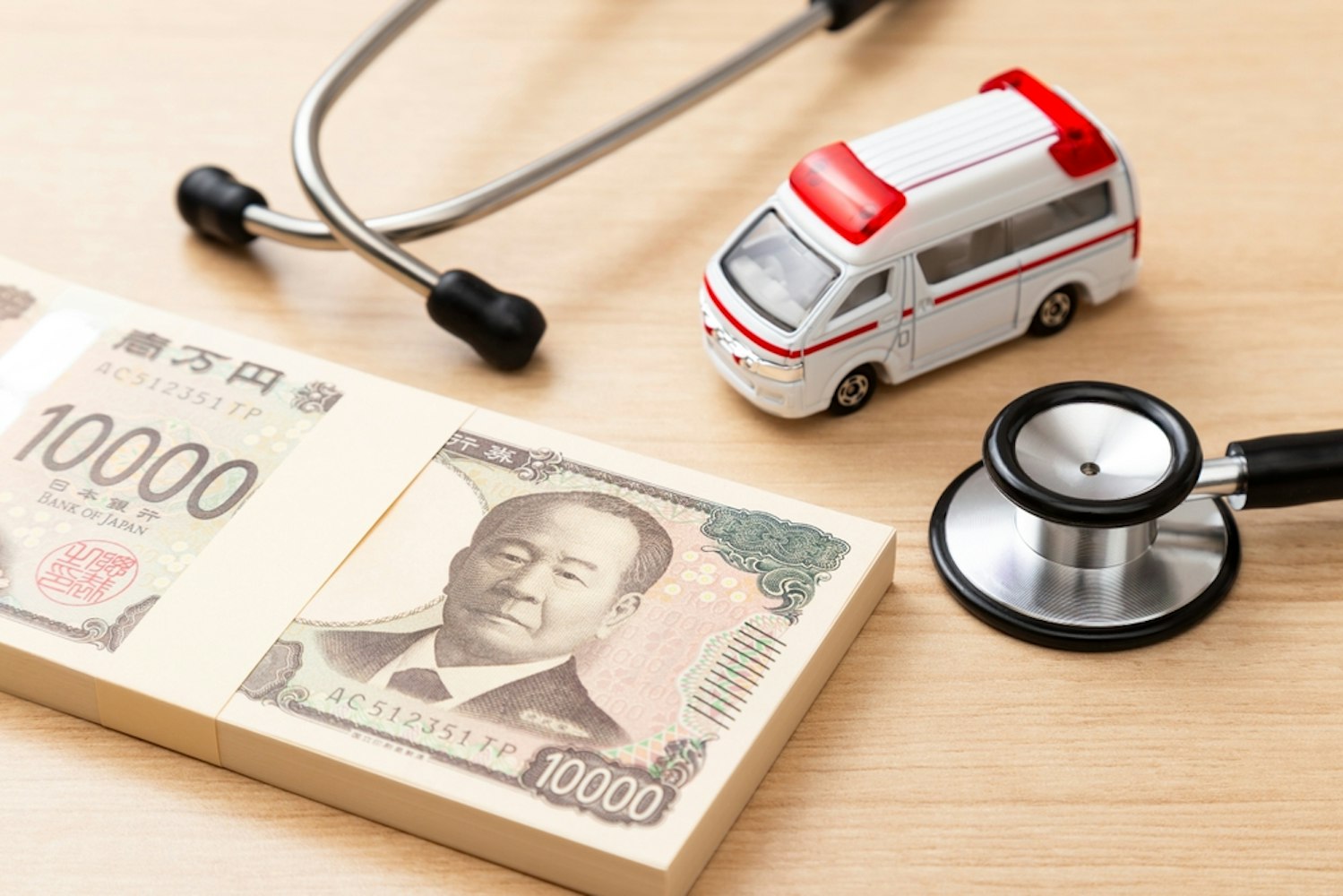
Medical care in Japan is relatively affordable compared to the U.S. but can still be significant for uninsured tourists. Examples of costs (without insurance):
Clinic Consultation: ¥5,000–¥15,000 ($35–$105 USD).
Hospital Visit: ¥10,000–¥30,000 ($70–$210 USD).
Emergency Room Visit: ¥20,000–¥50,000 ($140–$350 USD) or more, depending on treatment.
Surgery and Hospitalization: A coronary artery bypass surgery costs ¥4.3–¥5.7 million ($30,000–$40,000 USD), significantly less than the $100,000 in the U.S. but still substantial without insurance.
Travel insurance can mitigate these costs, especially with cashless services. Always request an itemized bill for reimbursement purposes. Note that perinatal care, cosmetic procedures, and certain treatments like contraception are not covered by most travel insurance plans.
While some urban hospitals (e.g., in Tokyo, Osaka, and Kyoto) have English-speaking staff, rural facilities may not. To bridge the gap:
Use translation services like AMDA International Medical Information Center.
Carry a multilingual medical information sheet.
Download translation apps or phrasebooks with medical terms.
Mental health care in Japan is stigmatized, and access to U.S.-style psychiatric care is limited, especially outside major cities. If you need mental health support, contact your embassy or insurance provider for recommendations. Telemedicine may also offer counseling options.
Japan is a growing destination for medical tourism, particularly for oncology, cardiovascular treatments, and cosmetic surgery. Facilities like St. Luke’s International Hospital in Tokyo are renowned for advanced treatments like Proton Beam Therapy. If seeking elective procedures, research JMIP-certified facilities and confirm costs with your insurance provider.
For COVID-19-related concerns, contact the MHLW COVID-19 Call Center (0120-565-653) outside regular hours. Ensure you’re vaccinated against measles and other preventable diseases, as recommended by the CDC. If bitten by an animal, seek immediate care due to rabies risks.
Carry Insurance Details: Keep your insurance policy and emergency contact numbers accessible.
Use JNTO Resources: The JNTO’s “Guide for When You Are Feeling Ill” and medical institution search tool are invaluable.
Contact Your Embassy: The U.S. Embassy provides lists of English-speaking medical providers and can assist in emergencies.
Avoid Unnecessary Risks: Follow CDC guidelines, such as washing hands frequently and avoiding contact with animals.
Plan for Post-Treatment Recovery: Japan’s hot springs (onsen) and wellness retreats can aid recovery after medical procedures.
Accessing medical care in Japan as a tourist requires preparation, particularly with the upcoming 2025 private insurance mandate. By securing comprehensive travel insurance, researching medical facilities, and understanding Japan’s healthcare system, you can ensure prompt and effective care.
Whether it’s a minor ailment or an emergency, resources like the JNTO, AMDA, and telemedicine services make navigating medical care more manageable. With these precautions, you can focus on enjoying Japan’s wonders, knowing you’re prepared for any health-related challenges.
For further information, visit:
Stay informed, stay insured, and travel safely!
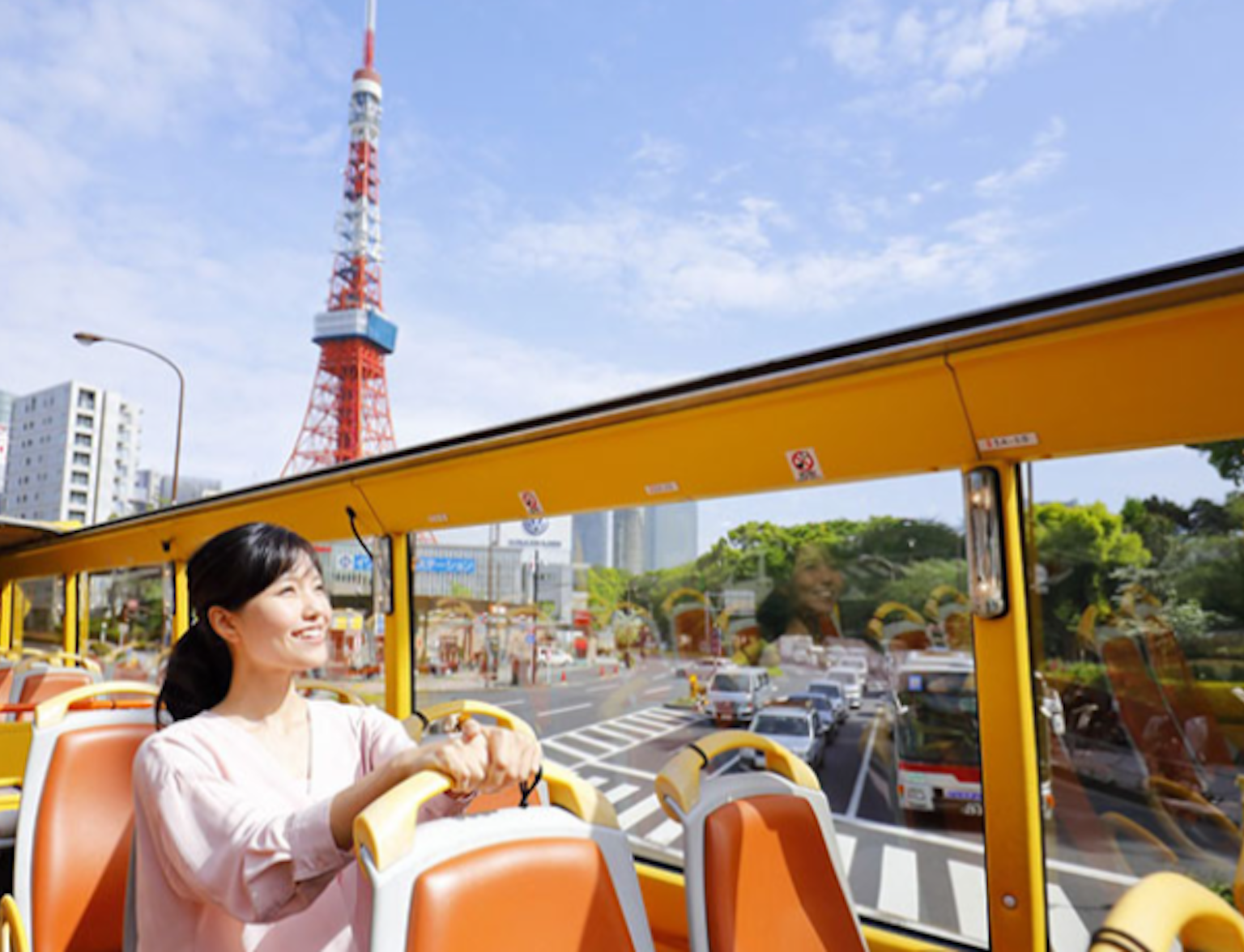
Discover Tokyo's splendor in a one-hour open-air bus tour, showcasing landmarks like Tokyo Tower and Ginza.

